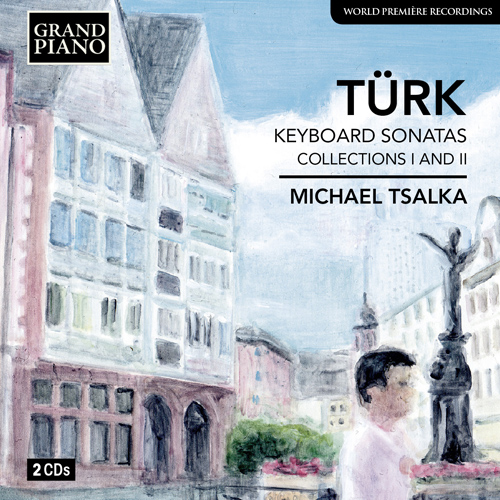

The oldest known representation of an instrument displaying the essential features of a guitar is a 3300 year old stone carving of a Hittite guitar found in Turkey. A guitar has a long straight neck with a fretted fingerboard, a flat back, a flat wooden soundboard, structural ribs, top bracing, and most often in-curved sides. To distinguish guitars from guitar-like instruments like the tanbur, we need to define what a guitar is. Although the guitar and lute later coexisted, the guitar was overshadowed until the end of the 17th century when the lute had acquired too many strings and became too hard to tune and play. A lute is defined as a short-necked instrument with multiple strings, having a large pear-shaped body with highly vaulted back and an elaborate, sharply angled peghead. Lute derives from Al'ud, which is Arabic for wood. Frets were added to the oud and it became known as the lute. In the 9th Century, the Moors brought the fretless Oud to Spain. It arrived in Spain from Persia where it changed form and acquired pairs of unison-tuned strings (courses) instead of single strings, and became known as the quitarra. The ChartarĪs the harp and tanbur spread around the ancient world with travelers, merchants and seamen, so did the chartar. It can be seen today at the Archaeological Museum in Cairo. The soundbox was made of polished cedar wood and had a rawhide soundboard. His tanbur had three strings and a plectrum (pick) suspended from the neck by a cord. The oldest preserved tanbur belonged to the Egyptian singer Har-Mose, who was buried with his tanbur 3500 years ago. Archaeologists have also found many similar instruments in the ruins of ancient Persian and Mesopotamian cultures. Tomb paintings and stone carvings in Babylon and Egypt show tanburs being played in ensemble almost 4000 years ago. The tanbur is found both fretted and fretless. The tanbur developed from the harp but with a straightened out neck to allow the strings to be pressed down to create more pitches. The tanbur is a stringed instrument that has a long straight neck with a small pear-shaped body, arched or round back, and usually with a soundboard of wood or hide. The world's museums contain many such instruments from the ancient Sumerian, Babylonian, and Egyptian cultures.

Since the dawn of civilization, humans have made harps using tortoise shell and calabash resonators with a bent stick for a neck, and one or more gut or silk strings. The earliest stringed instrument known to archaeologists, circa 2500 BCE, is the harp.

And not to get too far ahead of our story, but it could be that the Greeks Hellenified the name chartar, which was an ancient Persian (Iranian) guitar-like instrument. However, since the kithara is a square-framed stringed instrument of the lyre family, without a neck attached to a body, it's hard to imagine how the quitarra, let alone the guitar, could have developed from it. Some believe that the guitar is an extension of the ancient Greek kithara since there is a similarity between the Greek word kithara and the Spanish word for an early four-string guitar, quitarra. There are many theories about the guitar's beginnings. They are amazed to learn that the guitar begins almost 4000 years ago! This is long before staff notes, keyboards, metronomes and many other musical thoughts and ideas that we use today. Then I show them a picture of an ancient Babylonian clay tablet, circa 1800 BCE, of a person playing a guitar-like instrument. They just shrug their shoulders and reply, I don't know. Some work, some sound awful, depending on the intervals chosen.Whenever I ask a new student, how old do you think the guitar is? The guitar sound is processed to double or triple the guitar notes and can be manipulated to create different types of harmonies with the original notes. Whether one considers digital delays and digital harmonizer effects to be as organic as tape effects is another question altogether, but the sounds are certainly "synthesized",to a degree.įor those asking about Harmonizers check this short video out and you can see how this is a fast and easy way, of creating the Brian May sound, with hardly any of the effort needed to do it via the analogue/tape method. This would be considered analogue and much more "organic" than using digital delays, which he did switch over to, in the mid 70's. Originally, Brian May used tape delays and created his own harmonizing by effectively playing over his own solos and layering them. Click to expand.These are good points, particularly when looking at guitar equipment.


 0 kommentar(er)
0 kommentar(er)
